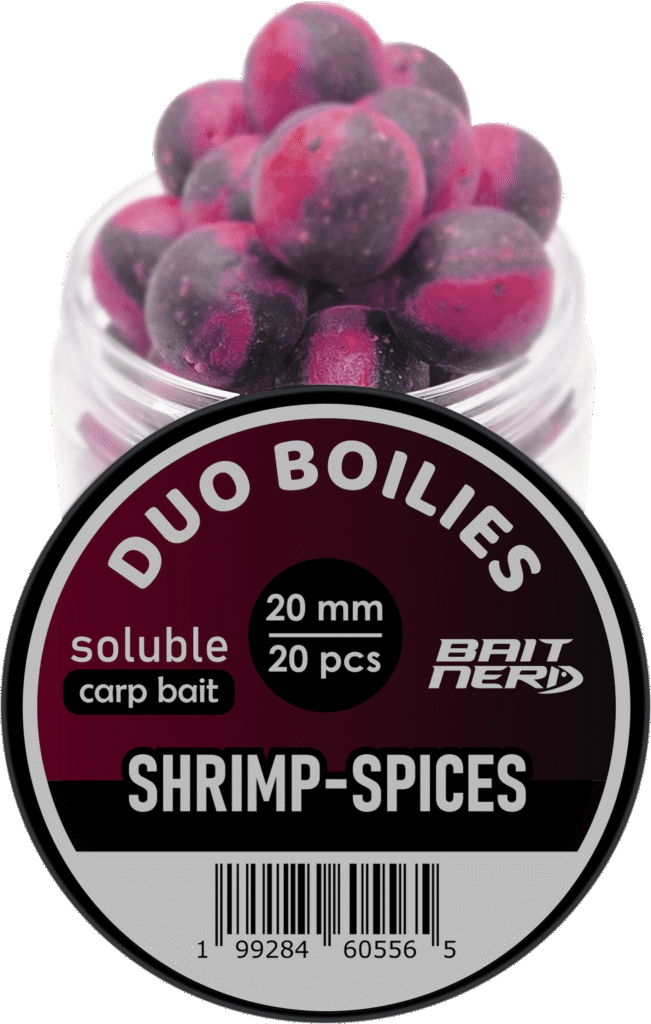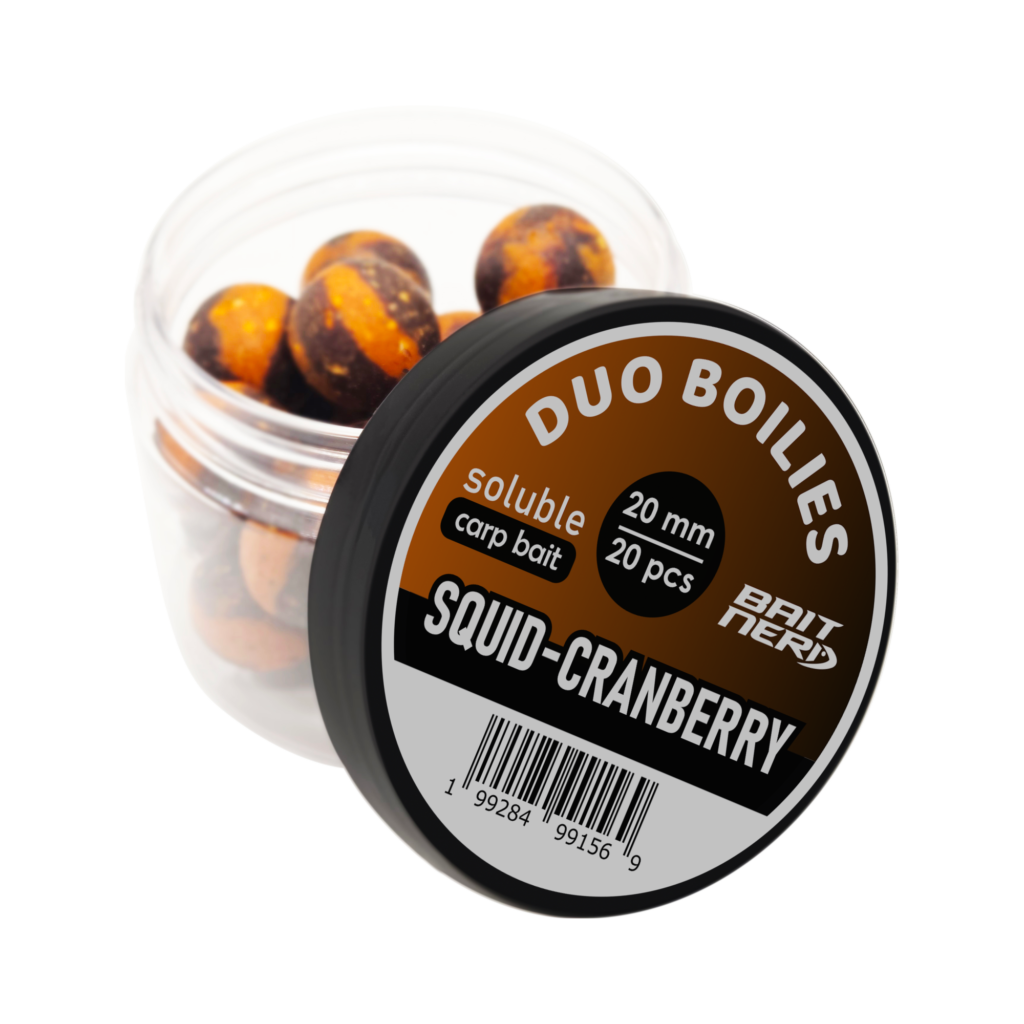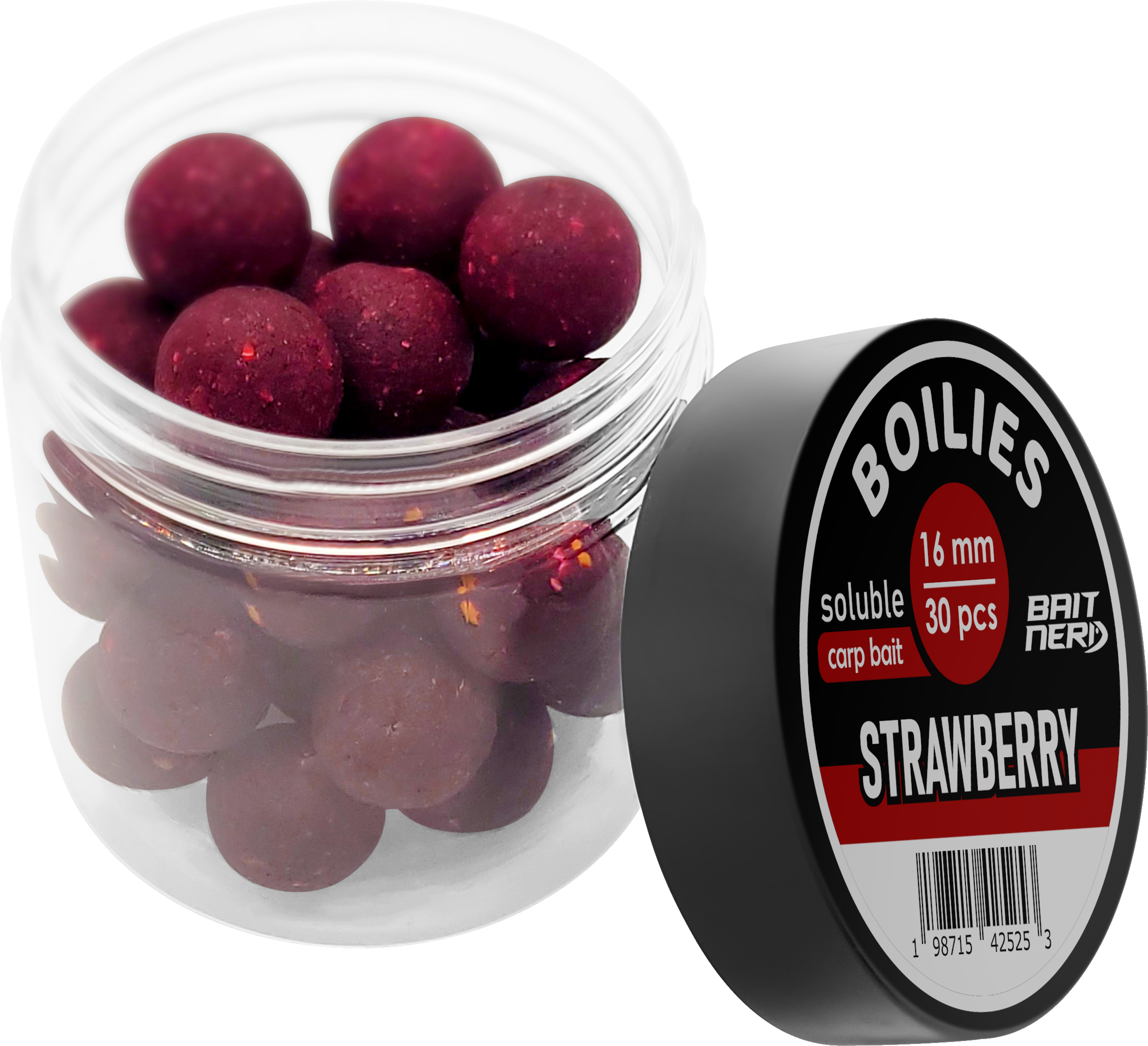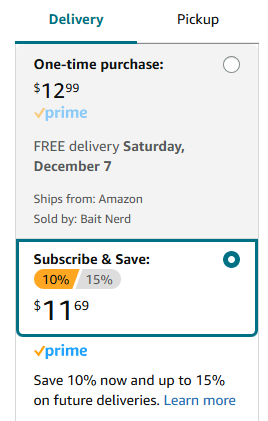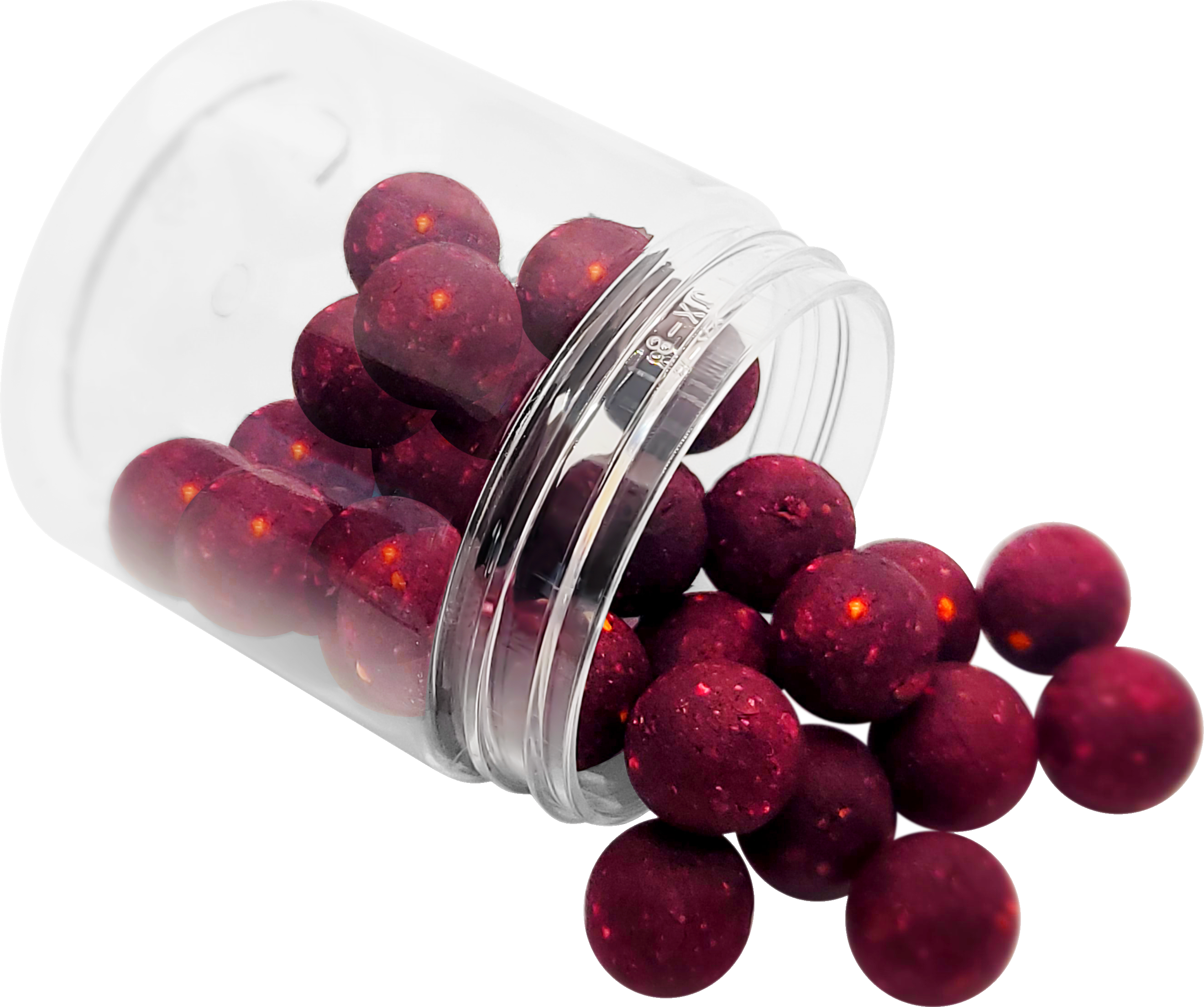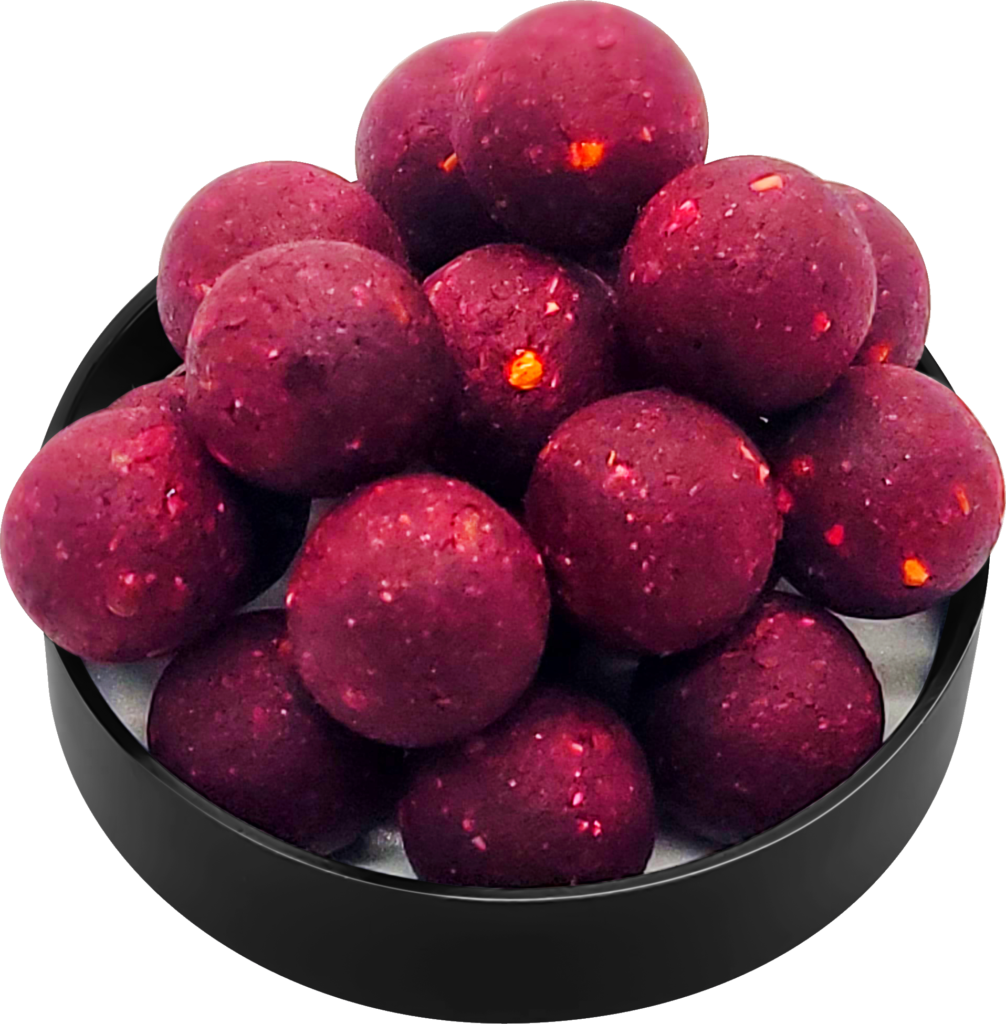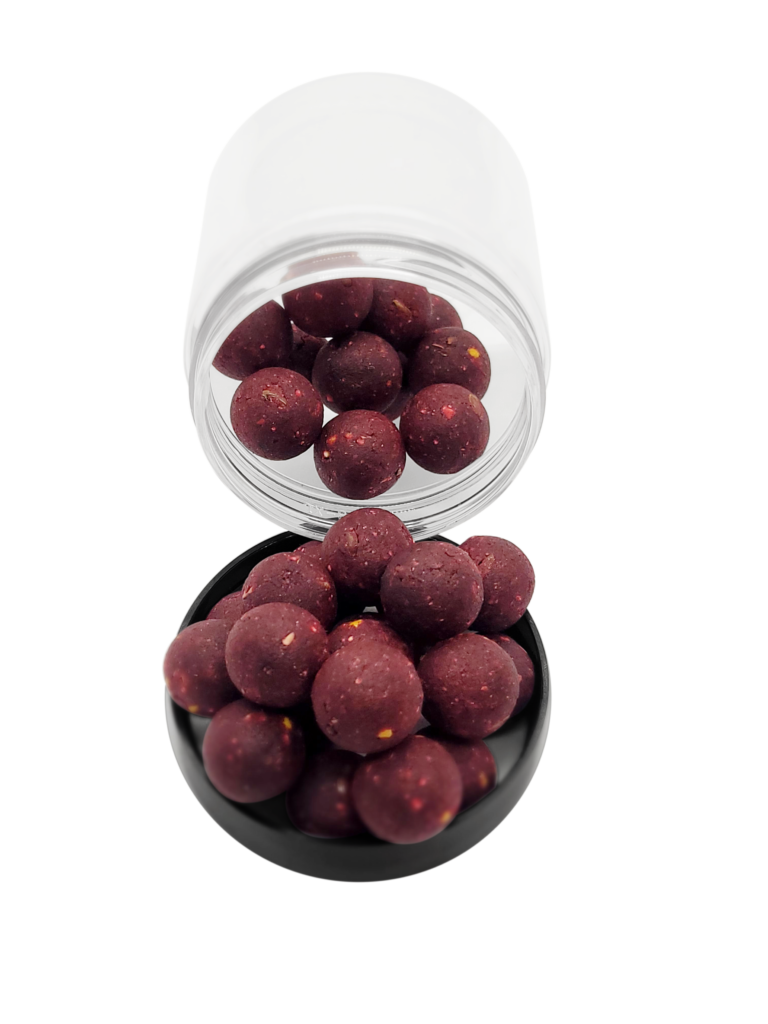We’re incredibly excited to announce the official launch of our brand new Bait Nerd Breathable Hat in a sleek Gunsteel color! Designed with the dedicated angler in mind, this hat combines comfort, style, and breathability to enhance your experience on the water.

Crafted from high-quality, lightweight materials, the Bait Nerd Breathable Hat features strategic ventilation to keep you cool and focused during those long days under the sun. Its durable construction ensures it can withstand the elements, making it the perfect companion for your next fishing adventure.
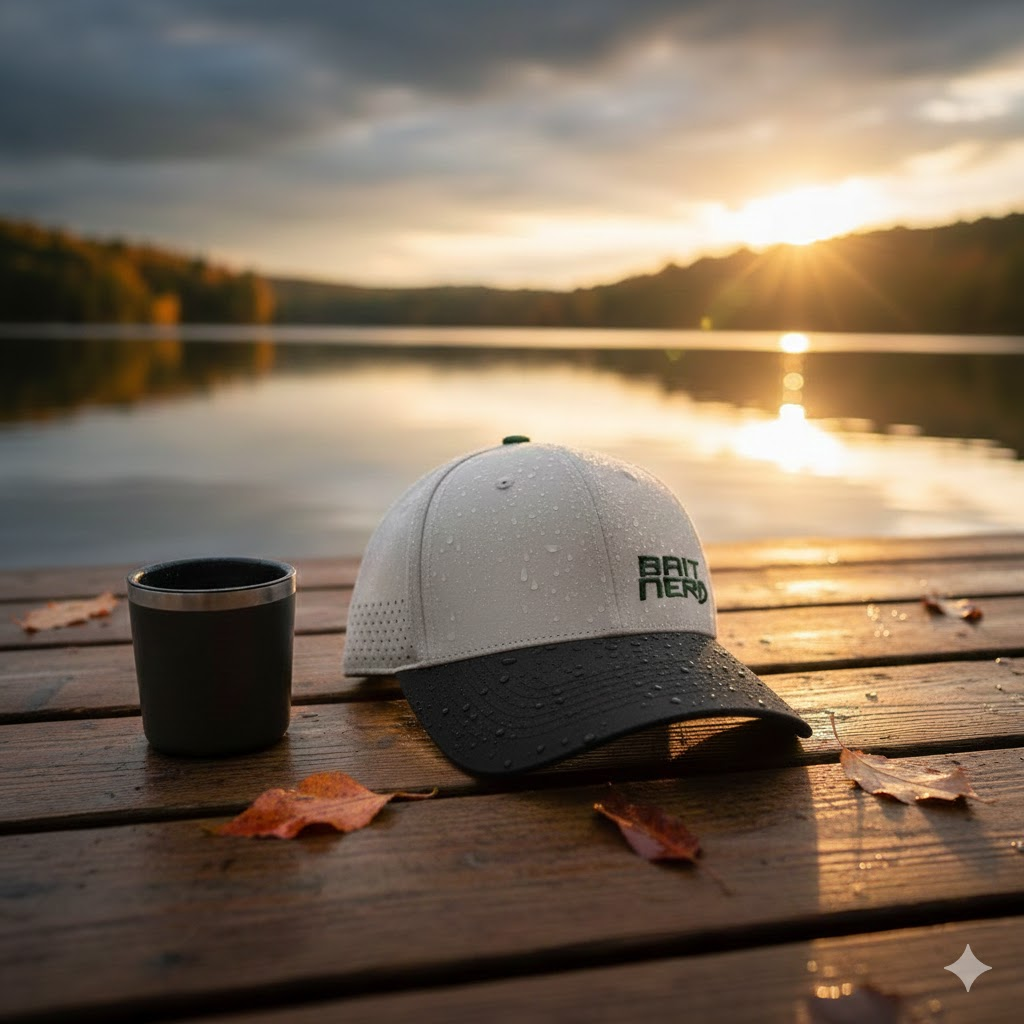
Special Launch Offer: 20% Off for Our Friends!
To celebrate this exciting release, we’re offering a special discount for a limited time! All our loyal friends can enjoy 20% off the new Bait Nerd Breathable Hat.
Don’t miss out on this opportunity to upgrade your gear. Head over to Amazon and search for “Bait Nerd Hat” to grab yours today!
Thank you for being a part of the Bait Nerd community. We can’t wait to see you out on the water in your new gear!

